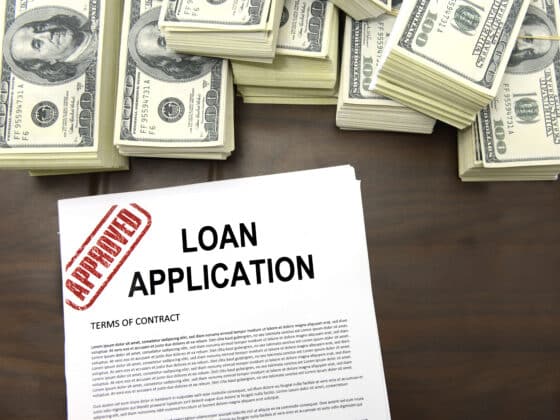Today, we’re talking about something that I believe is a cornerstone of financial stability—an Emergency Fund.
Now, I know we all like to think that we’re prepared for whatever life throws our way. But when the unexpected strikes—a busted water heater, an out-of-the-blue medical bill, or an unexpected layoff—that’s when an emergency fund goes from being a “good-to-have” to a “thank-goodness-we-have-it.”
Having an emergency fund gives you peace of mind knowing that you’re ready to tackle any financial surprises that come your way. Remember, every little bit counts! Start small, be consistent, and before you know it, you’ll have a robust safety net.
The Why Behind the Emergency Fund
Having an emergency fund is like wearing a seatbelt. You don’t plan to have an accident, but if it happens, you’ll be glad it’s there. When unexpected expenses pop up, having an emergency fund allows you to cover them without going into debt. This way, instead of panicking, you can focus on solving the problem.
So, How Much is Enough?
A good rule of thumb is to aim for three to six months’ worth of living expenses. The specifics will depend on your situation. If you’re a two-income household, or if your job is pretty stable, three months might do the trick. But if you’re a one-income family, or if your income varies, you’ll want to shoot for a bigger safety net—think six months or more.
Building Your Emergency Fund, Brick by Brick
Now, I know this might seem like a tall order. But like any big task, it’s manageable if you break it down. Here are my top tips:
Start Small: Don’t get overwhelmed by the total sum. Start with a mini-goal—say, $500—and build from there.
Make It a Habit: The best way to grow your fund is to contribute regularly. Find a rhythm that works for you—weekly, bi-weekly, or monthly—and stick to it.
Set It and Forget It: One of the best tricks in the book is automating your savings. Set up automatic transfers to your emergency fund, and watch it grow.
Save the Extra: Got a bonus or a tax refund? Consider tossing some of it into your emergency fund.
Trim the Fat: Take a look at your budget and see where you can cut back. The savings can be funneled straight into your fund.
Where to Stash Your Cash
Your emergency fund should be easily accessible but not too accessible. A high-yield savings account is a great option. It keeps your money out of sight but within easy reach when you need it and earns you a bit of interest to boot.
Adding an Emergency Fund to Your Financial Plan
Weaving your emergency fund right into your budget plan is a game-changer. Think of it as planting a little seedling in your financial garden every month. Speaking of growth and your monthly budget, a cash-out refinance is a great way to leverage the equity you have in your home to pay off high-interest debts with big monthly payments. Getting those big bills off your budget is a fast, smart way to cut monthly costs and create room for your money to grow. Before you decide how much equity to pluck from your cozy nest, consider how much you’d like in your emergency fund. It’s like picking apples from your tree: leave enough to ensure future growth.
So, next time you sit down to look over your budget, don’t just think bills and splurges. Sprinkle some love into that emergency fund. It’s your umbrella for those rainy days, and we all know they come!
As always, my team is here to help guide you through your financial journey. Don’t hesitate to reach out if you need help navigating these waters. Together, we’ll make sure that when life throws those curveballs, you’re ready to catch them without breaking the bank.
Start building your financial safety net today!

Your Ultimate Winter Home Preparation Guide
Read more...




